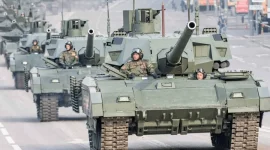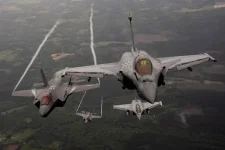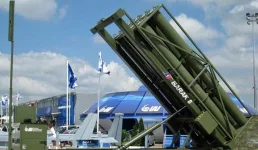India has achieved the technological expertise required to develop a sixth-generation unmanned fighter aircraft, according to Dr. Kota Harinarayana, the celebrated architect of the indigenous Tejas Light Combat Aircraft.
In a major revelation, he confirmed that the nation possesses the core capabilities for such an advanced system and now awaits a government decision to formally launch its development.
Dr. Harinarayana revealed that foundational work for a futuristic combat jet, based on a "flying wing" design, has been underway for several years, with scale models successfully demonstrating flight capabilities.
"If the government decides to go for a full-scale, unmanned sixth-generation fighter jet, we are technologically ready," he stated, highlighting the significant progress already made in this secretive domain.
A key achievement has been mastering the complex aerodynamics of a flying wing platform. This type of aircraft lacks the traditional vertical and horizontal tails used for stability, requiring highly sophisticated flight control computers and software to manage it in the air.
"It’s not an easy thing—you have to fly a wing without any vertical tail and horizontal tail—and we have done it," Dr. Harinarayana remarked, confirming a critical breakthrough by Indian scientists and engineers.
While not explicitly named, these developments are widely understood to be part of the Ghatak Unmanned Combat Aerial Vehicle (UCAV) programme. This classified project is being spearheaded by the Aeronautical Development Agency (ADA) and the Defence Research and Development Organisation (DRDO).
The Ghatak is envisioned as a stealthy, autonomous combat drone, with the smaller, scaled prototype known as the Stealth Wing Flying Testbed (SWiFT) having already conducted successful test flights to validate the design.
The platform is slated to be powered by a dry variant of the Kaveri engine, which provides adequate thrust for a subsonic unmanned aircraft.
However, a true sixth-generation fighter would require capabilities beyond the Ghatak's current scope.
These next-generation platforms are defined by features such as full-spectrum stealth, advanced artificial intelligence for autonomous decision-making, the ability to team up with other drones, and the potential for directed-energy weapons.
While the Ghatak project provides a vital foundation in stealth and autonomous flight, evolving it into a sixth-generation system would require integrating these additional advanced technologies.
This revelation positions India among a select group of nations exploring next-generation air combat.
Major global powers are already investing heavily in similar projects, including the United States' Next Generation Air Dominance (NGAD) program, the Global Combat Air Programme (GCAP) by the UK, Japan, and Italy, and the Future Combat Air System (FCAS) being developed by France, Germany, and Spain.
Dr. Harinarayana's statement indicates that India is not merely trying to catch up but is actively creating niche technologies to secure its place in the future of aerial warfare.
With India's 5th-generation Advanced Medium Combat Aircraft (AMCA) expected to enter production in the mid-2030s, a sixth-generation program could logically follow in the 2040s.







